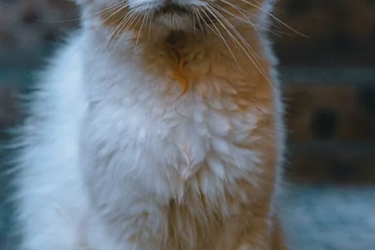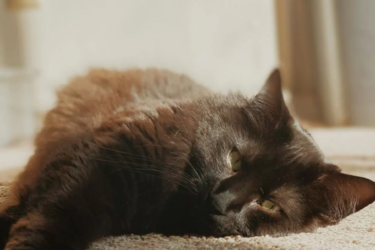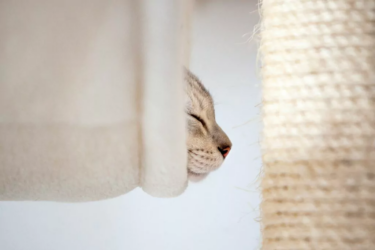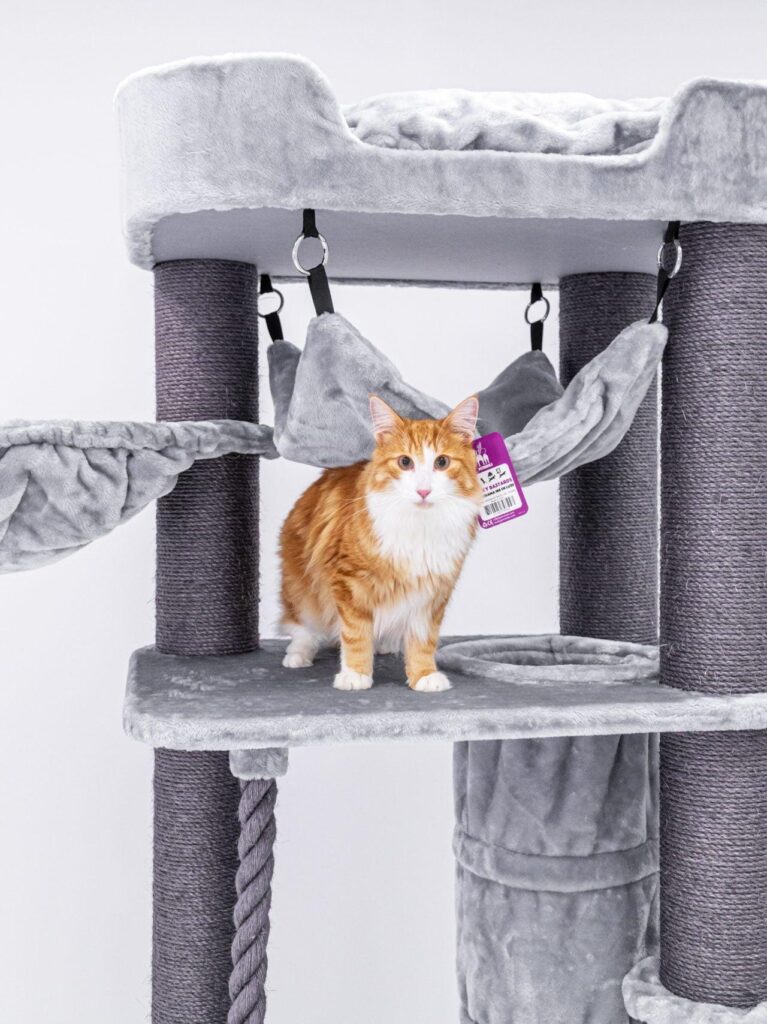
Big, athletic, and gentle. These are just three traits of this beautiful, calm, and affectionate cat breed: the Norwegian Forest Cat. But did you know that “Norrköping” cats love swimming? That and much more fun and useful information can be found here.
In this blog:
- The origin of the Norwegian Forest Cat
- The appearance of the Norwegian Forest Cat
- The coat of the Norwegian Forest Cat
- The personality of the Norwegian Forest Cat
- The care of the Norwegian Forest Cat
- The health of the Norwegian Forest Cat
- How long does a Norwegian Forest Cat live?
- Buying a Norwegian Forest Cat
1. The origin of the Norwegian Forest Cat
The ancestors of this lovely cat breed most likely came from Southern Europe. At the time, they were still short-haired. However, due to their migration to Norway – thanks to Scandinavian Vikings – their coats changed into a thick, semi-longhaired variety. This made sense, of course, as the cats needed to survive the harsh and freezing winters of Norway.
In 1977, this beautiful breed was officially recognized as an international cat breed. Since then, it has become extremely popular. Not surprising, as this breed is not only beautiful but also super sweet!
These cat trees are perfect for large and heavy cats, ideal for Norwegian Forest Cats!
2. The appearance of a Norwegian Forest Cat
A Norwegian Forest Cat is large, long, and athletically built. It is clearly larger than the average domestic cat. An adult female weighs on average 4 kilograms, while a male can weigh anywhere from 6.5 to 10 kilograms.
Fun fact: these cats always have cute tufts on their ears and tufts of fur growing between their toes.
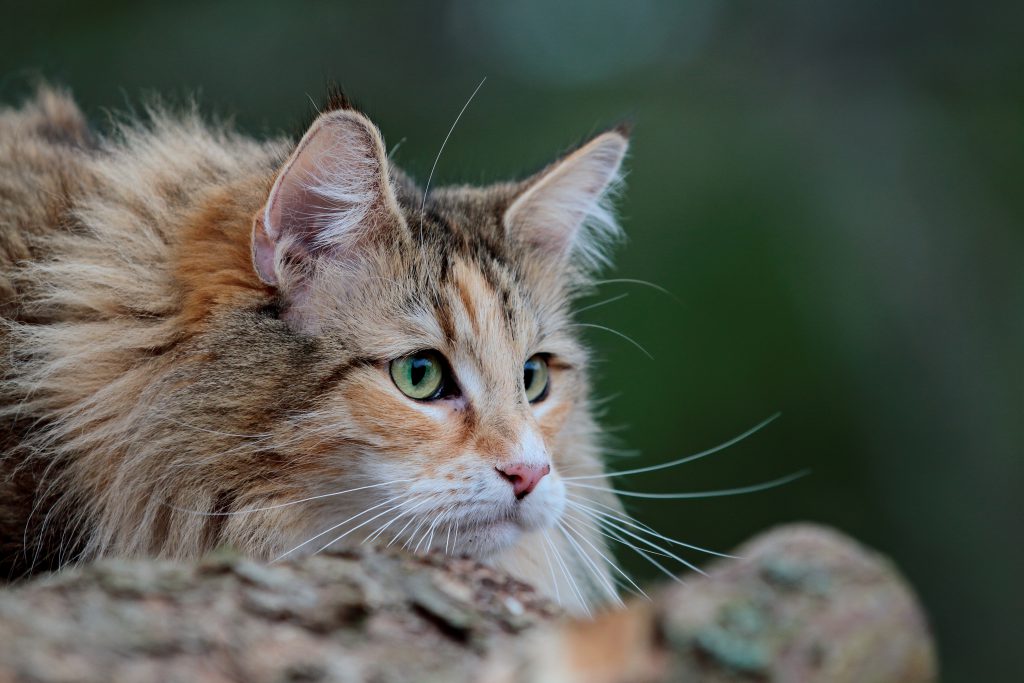
3. The coat of a Norwegian Forest Cat
This breed has a semi-longhaired coat with a fluffy, water-resistant undercoat. In the winter, this breed is at its best with its coat – the plume tail and ruff become extra full and thick. The coat of Norwegian Forest Cats comes in a variety of colors and patterns. There are striped Norrköpings, but also marbled and spotted ones. According to the breed standard, only the colors Cinnamon, Lilac, and Fawn are not allowed.
4. The personality of the Norwegian Forest Cat
Norwegian Forest Cats are brave and generally not afraid of anything. They are tough little creatures. And because of their relaxed, friendly, and calm nature, they make ideal pets. They get along well with other pets, their owners, and also with children.
They are truly wonderful pets, as Norwegian Forest Cats remain active, playful, and curious well into their older years. They don’t find new people scary, but rather particularly interesting. They will always come to greet visitors and get to know them.
Fun fact: Norwegian Forest Cats feel very comfortable in water, so you could even teach them to swim. However, be sure to consult your vet first!
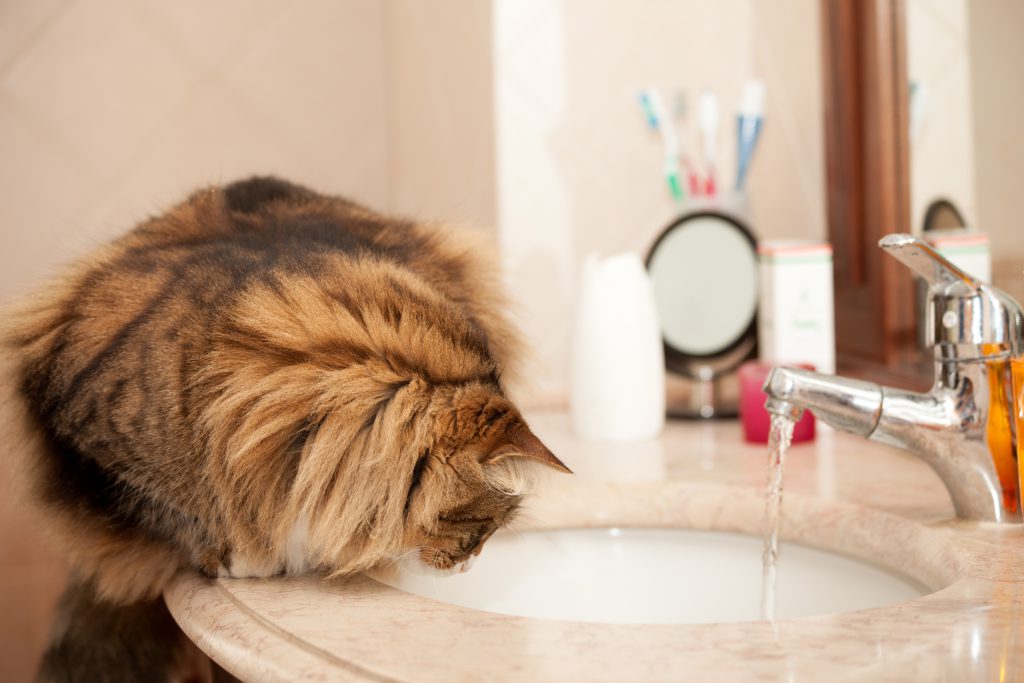
5. The care of a Norwegian Forest Cat
The semi-long coat of Norwegian Forest Cats is easy to maintain. A thorough brushing once a week is greatly appreciated and prevents troublesome mats. When the cat is shedding, it is good to brush its coat daily to remove the loose hairs from the undercoat.
Since Norwegian Forest Cats are so playful and curious, it’s good to play with them every day. This helps prevent boredom and keeps the cat healthy and happy. It’s best to play with cat toys a few times a day. Actually, it doesn’t really matter what you play with them, because Norwegian Forest Cats love everything!
A scratching post is also a must, as it is natural for cats to climb and scratch. They also love sitting in high places. But make sure to provide a cat trees designed specifically for Norwegian Forest Cats. Norrköpings are larger and heavier than other cat breeds and need a cat climbing tree made from strong and sturdy materials.
And otherwise, take care of a Norwegian Forest Cat like any other cat:
- Provide plenty of water bowls with fresh water
- Give food that is suitable for the breed
- Always provide multiple clean litter boxes
- Regularly de-flea and deworm your cat
- Microchip your cat!
- Regularly check the teeth
- And go to the vet (especially if your cat isn’t feeling well or is sick)
6. The health of a Norwegian Forest Cat
Pedigree cats are bred for unique characteristics. The Norwegian Forest Cat also has traits that make it special, such as:
- Large, heavy, long, and athletic build
- Semi-long coat
- Full ruff and tail
Do you think a Norwegian Forest Cat is a good fit for you? Then do thorough research on the health of this breed. Many pedigree cats are prone to hereditary conditions. For example, Norwegian Forest Cats have a high risk of developing heart failure. It is important to be aware of this.
Want to bring a healthy cat into your home? Ask a veterinarian for advice. You can also consult the websites of Dier & Recht and the Dutch Food and Consumer Product Safety Authority, as they provide information on the breed’s health, its legality, and the regulations for breeders.
Always buy a Norwegian Forest Cat from a reliable breeder, preferably one who is a member of a breed association. This ensures the cat is healthy and well cared for. Also, ask the breeder for a health certificate or guarantee for extra peace of mind.
7. How long does a Norwegian Forest Cat live?
Norwegian Forest Cats can live quite a long time – the average life expectancy is between 14 and 16 years. And that’s, of course, very nice. But it’s something to keep in mind, as such a cute kitten will eventually grow into a large cat that requires love, attention, and good care.
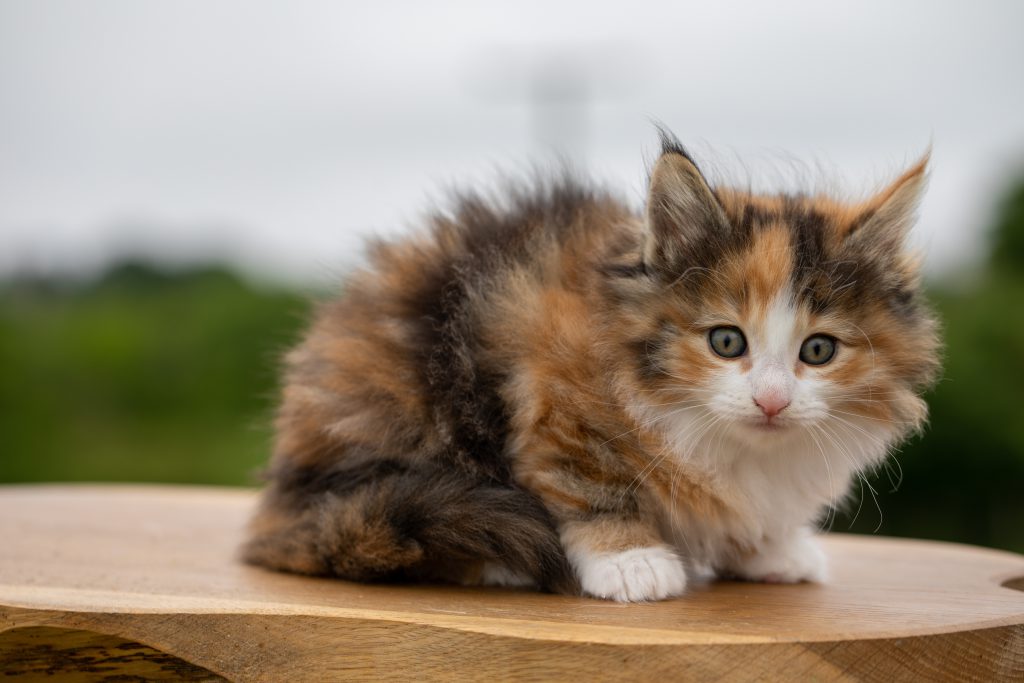
8. Buying a Norwegian Forest Cat
Do you want to buy a Norwegian Forest Cat? Then go to a recognized breeder, preferably one who is a member of a breed association. This way, you can be sure that you are buying a healthy, well-socialized cat that has been bred in a humane way. Always ask for the papers, a health certificate, and check the parents of the kitten. Also, take a look at the living environment: is it clean and homely, and are the parents present? That’s a good sign. Don’t buy cats through Marktplaats, eBay, or from unlicensed breeders.
A Norwegian Forest Cat from a good breeder costs around 550 euros. Are you looking for a cat, but it doesn’t have to be a pedigree? Then check shelters or adoption agencies. Many lovely cats are waiting for a good home.
And remember: you don’t have a cat for just a short time, but for its entire cat life. Are you willing to take good care of the animal and set aside money for its care and vet visits? Then a Norwegian Forest Cat might just become your new best friend!
Discover here what the care of a cat roughly costs
Disclaimer: Petrebels does not consist of veterinarians or behavioral experts: all content, information and tips on this blog are intended to inspire and inform you. Does your cat have complaints or problems and do you have doubts about your cat’s health? Then always go to the vet or a behavioral expert.
